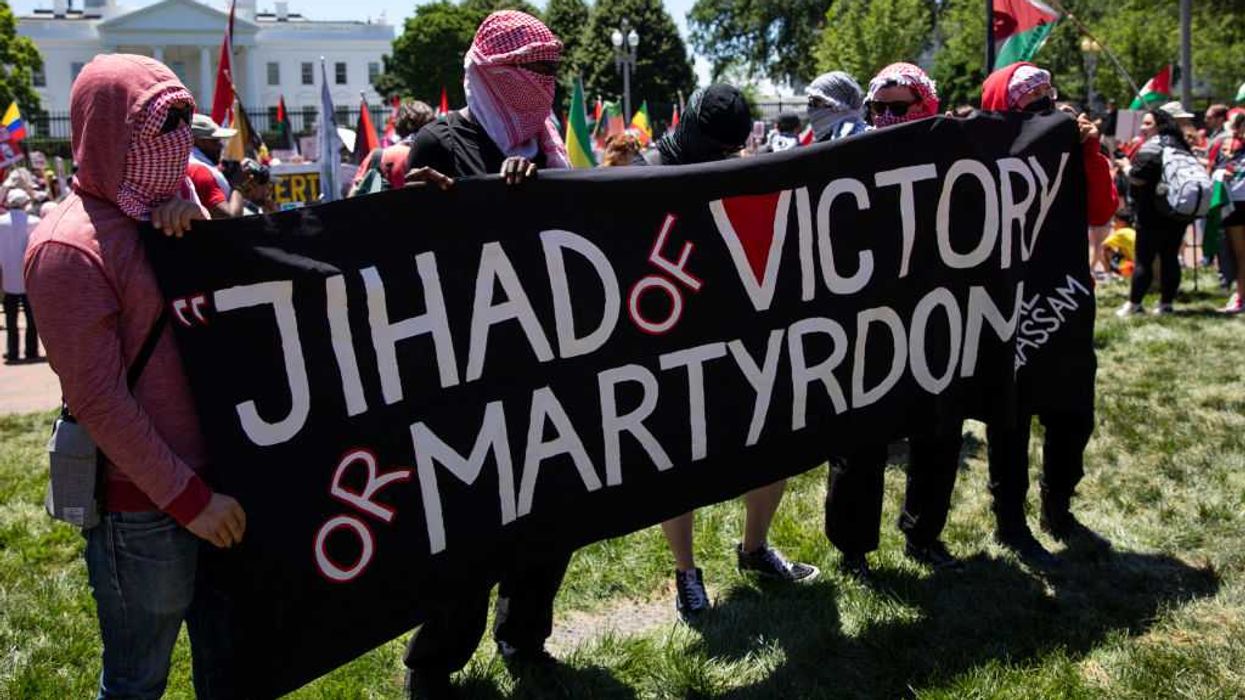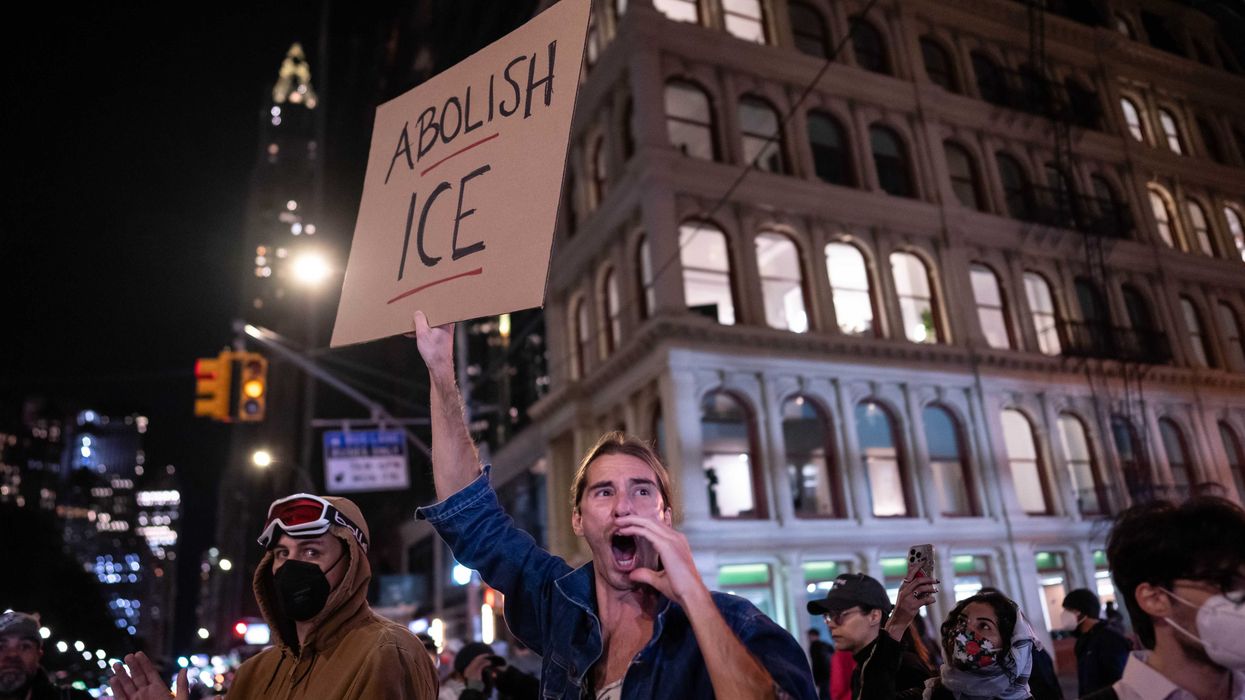On an average day in America, over 38 Million people will buy a cup of coffee at a Starbucks franchise. That's about 10% of the US population. Starbucks stores are mostly owned by private Franchisees, small business owners operating a store they own but under license from Starbucks corporate. The average Starbucks Franchise operates on a 5-7% margin, meaning the operating costs of supplies, electricity, employee salaries, taxes, etc leave the business owner with a net profit of around 5-7% every month after all costs are deducted from all sales. Said another way, out of the typical month, the average Starbucks franchise only makes a profit based on about 2 days worth of operations each month...28 other days every month, all sales go to cover costs of operating a franchise.
Now, imagine you receive an email from your HR Manager or maybe the CEO at work. Due to the risk of Coronavirus, all employees are being asked to work from home for the next two weeks at least, effective immediately. You have your laptop, the internet stays up, and you already made your Costco run for canned goods, beans, rice and plenty of toilet paper. You're set. The Kids are going to stay home from school, you update your Netflix and Disney Plus subscriptions, and prepare yourself mentally for a 2 week "Bug In" semi-quarantine at home. Local governments ask residents to stay put and stay off the streets as much as possible to avoid inadvertently spreading COVID-19. As a responsible American, you plan on doing precisely as asked.
Back at the Starbucks, foot traffic grinds to a halt. In local businesses that are heavily dependent on daily cash sales, a rapid and sudden decline in sales has dramatic consequences. Operating costs of a store don't decline with the drop in foot traffic. It costs the same amount to run your daily business when the store is busy as it does when the store is empty. Employee salaries, electricity to keep the lights on, rent and insurance, license fees to Starbucks corporate, costs to brew coffee and bake muffins all remain the same, whether you have 1000 customers or 10 customers. And with only 2 days per month actually driving the profit of any given store, a two-week period with virtually no foot traffic is devastating.
And with only 2 days per month actually driving the profit of any given store, a two-week period with virtually no foot traffic is devastating.
The store owner does what they have to do. They start cutting back hours and shifts for employees, perhaps even laying workers off and moving to 'skeleton crews'. The loss of work for hourly employees means those workers may not be able to pay rent, or may not be able to make student loan payments or car payments, can't make credit card payments. Without ongoing sales coming in, the store owner has to dip into savings to cover expenses, selling stocks or bonds to raise cash to try to stay afloat.
Think of all the other things that you don't spend money on during your bug-in at home. No trips to the movie theater, who also have the same operating costs whether or not the theater is full. They still have to pay salaries, still have to pay licensing for showing films, whether there are 5 people in the auditorium or 500. While quarantined at home, you aren't stopping for gasoline, aren't buying that Mountain Dew fountain drink that is your guilty pleasure on Saturday morning while driving your kids to Soccer.
More than 6 million small businesses in America are heavily reliant on the daily foot traffic of customers walking into their store and making cash purchases. While online orders via Amazon might have an uptick if tens of millions of Americans are forced to "Bug In" and some restaurants might see orders via food-delivery apps stay steady, there are millions of businesses, from laundromats to theaters to bars to Starbucks stores that rely on classic consumerism to stay afloat.
This is the potential catastrophic butterfly effect of an epidemic like COVID-19. A massive change in consumer behavior can have an outsized effect on certain parts of the economy that rely on regular, steady income via cash sales at retail locations. 6 Million businesses in America, representing over 78 Million employees fall into this category, according to the US Chamber of Commerce. If America is forced to 'shut down' and self-isolate at home, while some spending may shift ONLINE, the direct economic impact to small-business America could be extremely damaging and have lasting effects. Most small businesses in America have less than 45 days operating capital at any given time. A multi-week disruption to in-store sales can have severe, cascading effects, leading to layoffs, losses in wages. Stores close. Higher unemployment.
For many businesses in America, the economic-contagion may be far worse than the virus itself.
We're barely starting to feel the effects of COVID-19. For many businesses in America, the economic-contagion may be far worse than the virus itself. Amazon and Netflix will probably be fine. There may be some pain on Wall-Street today but the pain on Main Street could end up being far worse. If what we're seeing in Korea, China, Japan, Italy and even in Seattle are any indicators, this type of localized shut down of foot traffic due to COVID-19 is exactly what America is going to have to endure.


 AASHISH KIPHAYET / Contributor | Getty Images
AASHISH KIPHAYET / Contributor | Getty Images Harold M. Lambert / Contributor | Getty Images
Harold M. Lambert / Contributor | Getty Images Adam Gray / Stringer | Getty Images
Adam Gray / Stringer | Getty Images Anadolu / Contributor | Getty Images
Anadolu / Contributor | Getty Images